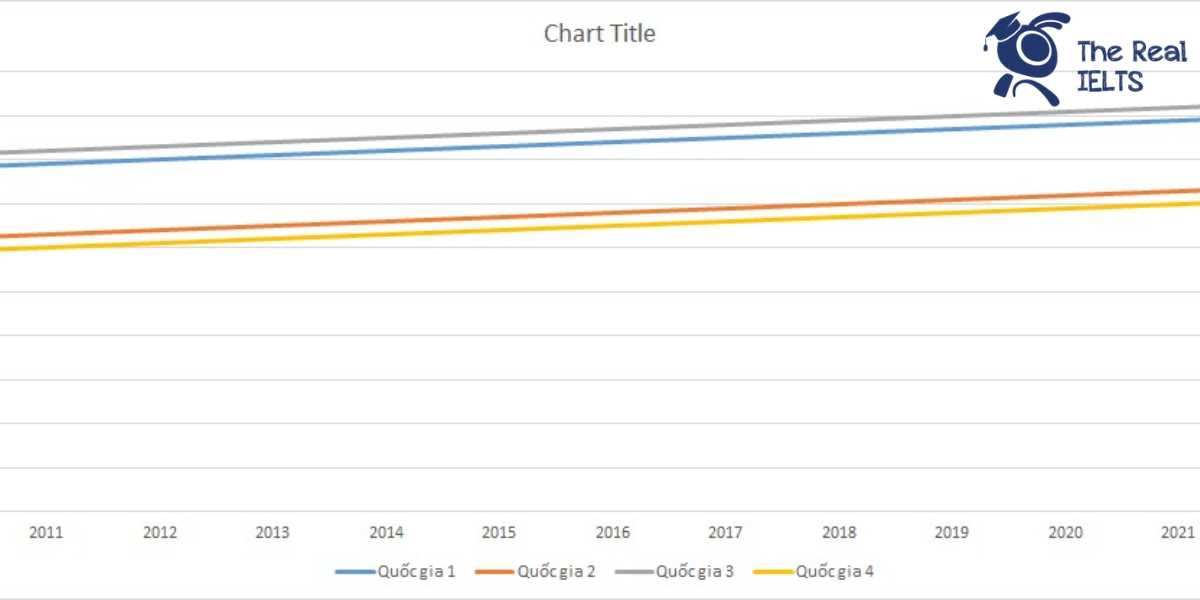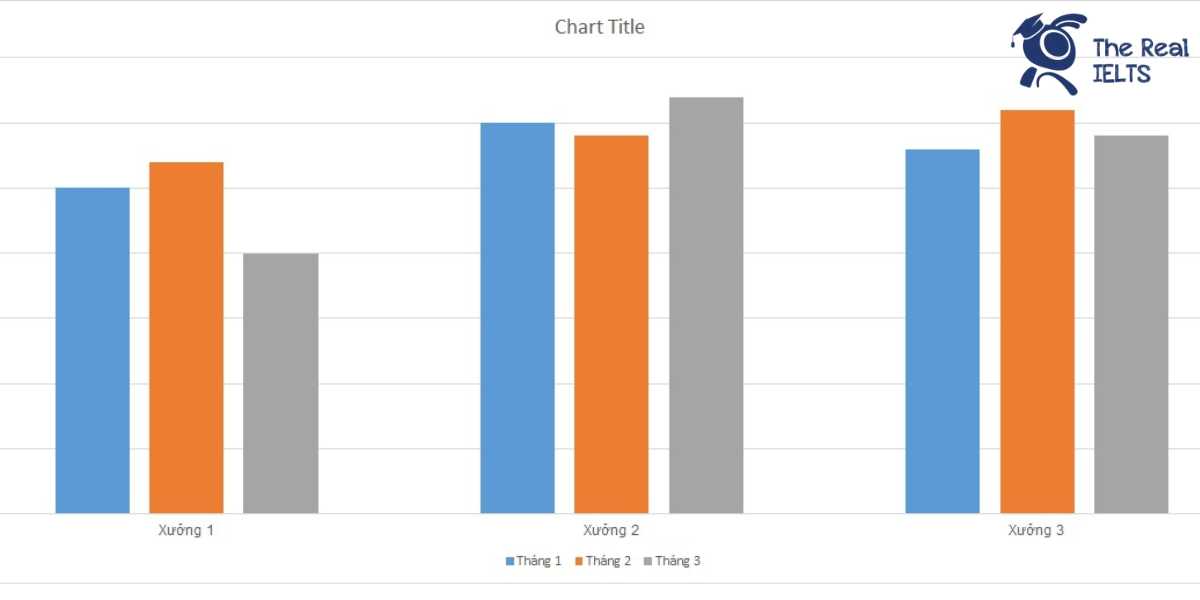Đề bài IELTS Writing task 2 dạng dạng Advantages and Disadvatages: Climate Change Mitigation
You should spend about 40 minutes on this task
The implementation of policies to reduce carbon emissions. Do the advantages of this outweigh the disadvantages?
Write at least 250 words.
Bài mẫu IELTS Writing Task 2 dạng Advantages and Disadvatages: Climate Change Mitigation
Introduction:
The issue of climate change has gained significant global attention, leading to the implementation of various policies aimed at reducing carbon emissions. These policies include the promotion of renewable energy, carbon taxes, and stricter regulations on industries. While these measures are seen as crucial in mitigating the effects of global warming, they also present certain challenges. Overall, the benefits of implementing carbon-reducing policies outweigh the disadvantages, given the long-term environmental and societal gains.
Body Paragraph 1 (Advantages):
One of the primary advantages of reducing carbon emissions is the potential to limit global temperature rise. By implementing policies such as the transition to renewable energy sources like solar and wind power, countries can significantly reduce their reliance on fossil fuels. This, in turn, decreases greenhouse gas emissions, helping to slow the process of climate change. For instance, countries like Germany have made considerable progress in reducing their carbon footprint through the widespread adoption of renewable energy, which has not only lowered emissions but also created jobs in the green energy sector.
Another notable advantage is the improvement in public health. Reduced carbon emissions lead to a decrease in air pollution, which has been linked to numerous health problems such as respiratory diseases, heart conditions, and premature deaths. A clear example can be seen in cities that have introduced policies to promote electric vehicles, resulting in cleaner air and better overall health outcomes for residents. For instance, Norway’s shift towards electric vehicles has significantly improved urban air quality, benefiting public health while also addressing climate change.
Body Paragraph 2 (Disadvantages):
However, one of the main disadvantages of these carbon reduction policies is the economic cost, particularly in the short term. Transitioning to renewable energy, upgrading infrastructure, and adopting new technologies require substantial investments. For many developing countries, the financial burden of these changes can be overwhelming, potentially slowing down economic growth and development. A case in point is the African continent, where the shift to greener technologies may be financially challenging, given the region’s existing economic struggles.
Another disadvantage is the potential disruption to certain industries, especially those reliant on fossil fuels. Policies aimed at reducing carbon emissions may lead to job losses in sectors such as coal mining, oil, and gas production. This economic disruption can have long-lasting effects on communities that depend heavily on these industries. For instance, the coal industry in the United States has seen a steady decline due to stricter environmental regulations, leading to job losses and economic hardship in coal-dependent regions.
Conclusion:
In summary, the implementation of policies to reduce carbon emissions brings both significant advantages and notable disadvantages. The benefits, particularly in terms of environmental protection and public health, are crucial for addressing the long-term impacts of climate change. While the economic costs and industry disruptions are valid concerns, the overall gains in creating a more sustainable and healthier future make the advantages of these policies outweigh the disadvantages. Effective planning and support can help mitigate the negative effects on industries and economies, ensuring a balanced and forward-thinking approach to climate change mitigation.
Thống kê cấu trúc câu và cấu trúc ngữ pháp
1. Cấu trúc câu:
Câu đơn (Simple sentences): Những câu chỉ có một mệnh đề độc lập, dùng để truyền đạt ý rõ ràng và ngắn gọn.
- Ví dụ: “These policies include the promotion of renewable energy, carbon taxes, and stricter regulations on industries.”
Câu phức (Complex sentences): Những câu có một mệnh đề chính và một hoặc nhiều mệnh đề phụ thuộc. Dùng để giải thích, bổ sung thêm ý nghĩa.
- Ví dụ: “By implementing policies such as the transition to renewable energy sources like solar and wind power, countries can significantly reduce their reliance on fossil fuels.”
Câu ghép (Compound sentences): Những câu gồm hai hoặc nhiều mệnh đề độc lập, được nối với nhau bằng liên từ như “and”, “but”, “or”.
- Ví dụ: “Another notable advantage is the improvement in public health, and reduced carbon emissions lead to a decrease in air pollution.”
Câu ghép-phức (Compound-complex sentences): Những câu kết hợp cả câu phức và câu ghép, giúp diễn đạt những ý tưởng phức tạp.
- Ví dụ: “While the economic costs and industry disruptions are valid concerns, the overall gains in creating a more sustainable and healthier future make the advantages of these policies outweigh the disadvantages.”
2. Cấu trúc ngữ pháp:
Thì hiện tại đơn (Present simple tense): Được sử dụng khi nói về sự thật hiển nhiên, hoặc các chính sách chung.
- Ví dụ: “The issue of climate change has gained significant global attention.”
Thì hiện tại hoàn thành (Present perfect tense): Dùng để nói về các hành động đã xảy ra trong quá khứ nhưng vẫn có ảnh hưởng đến hiện tại.
- Ví dụ: “Countries like Germany have made considerable progress in reducing their carbon footprint.”
Thì tương lai đơn (Future simple tense): Sử dụng để nói về những sự kiện trong tương lai.
- Ví dụ: “This, in turn, will decrease greenhouse gas emissions, helping to slow the process of climate change.”
Câu điều kiện loại 1 (First conditional): Dùng để diễn đạt điều có thể xảy ra trong tương lai nếu một điều kiện nào đó được đáp ứng.
- Ví dụ: “If countries adopt these policies, they can significantly reduce their carbon emissions.”
Mệnh đề chỉ nguyên nhân-kết quả (Cause-effect clauses): Được dùng để thể hiện mối quan hệ nguyên nhân – kết quả.
- Ví dụ: “As countries shift towards renewable energy, they reduce their reliance on fossil fuels.”
Mệnh đề chỉ sự đối lập (Concessive clauses): Được dùng để chỉ ra sự đối lập giữa hai ý tưởng.
- Ví dụ: “While these measures are seen as crucial in mitigating the effects of global warming, they also present certain challenges.”
Các từ vựng tiếng Anh cần website
1. Climate change:
- Nghĩa: Biến đổi khí hậu
- Ví dụ trong bài: “The issue of climate change has gained significant global attention.”
- Lưu ý: Đây là một thuật ngữ phổ biến khi nói về các vấn đề môi trường toàn cầu.
2. Carbon emissions:
- Nghĩa: Lượng khí thải carbon
- Ví dụ trong bài: “The implementation of various policies aimed at reducing carbon emissions.”
- Lưu ý: Cụm từ thường xuất hiện trong các thảo luận về biến đổi khí hậu và ô nhiễm môi trường.
3. Renewable energy:
- Nghĩa: Năng lượng tái tạo
- Ví dụ trong bài: “The transition to renewable energy sources like solar and wind power.”
- Lưu ý: Đây là từ vựng liên quan đến các giải pháp bền vững để giảm lượng khí thải carbon.
4. Fossil fuels:
- Nghĩa: Nhiên liệu hóa thạch
- Ví dụ trong bài: “This, in turn, decreases greenhouse gas emissions, helping to slow the process of climate change.”
- Lưu ý: Từ này thường dùng trong các chủ đề liên quan đến môi trường và năng lượng.
5. Greenhouse gas emissions:
- Nghĩa: Lượng khí thải nhà kính
- Ví dụ trong bài: “By implementing policies such as the transition to renewable energy sources, countries can significantly reduce their reliance on fossil fuels.”
- Lưu ý: Khí thải nhà kính là nguyên nhân chính gây ra biến đổi khí hậu.
6. Public health:
- Nghĩa: Sức khỏe cộng đồng
- Ví dụ trong bài: “Another notable advantage is the improvement in public health.”
- Lưu ý: Từ này đề cập đến ảnh hưởng của các chính sách về khí hậu đối với sức khỏe của cộng đồng.
7. Electric vehicles:
- Nghĩa: Xe điện
- Ví dụ trong bài: “Policies to promote electric vehicles result in cleaner air and better overall health outcomes for residents.”
- Lưu ý: Xe điện là một trong những giải pháp giảm thiểu khí thải carbon trong ngành giao thông.
8. Economic growth:
- Nghĩa: Tăng trưởng kinh tế
- Ví dụ trong bài: “For many developing countries, the financial burden of these changes can be overwhelming, potentially slowing down economic growth.”
- Lưu ý: Đây là khía cạnh quan trọng khi đánh giá tác động của các chính sách giảm phát thải carbon đối với nền kinh tế.
9. Industry disruptions:
- Nghĩa: Sự gián đoạn ngành công nghiệp
- Ví dụ trong bài: “Policies aimed at reducing carbon emissions may lead to job losses in sectors such as coal mining, oil, and gas production.”
- Lưu ý: Thuật ngữ này liên quan đến những tác động tiêu cực của chính sách giảm khí thải đối với các ngành công nghiệp truyền thống.
10. Sustainable:
- Nghĩa: Bền vững
- Ví dụ trong bài: “The overall gains in creating a more sustainable and healthier future make the advantages of these policies outweigh the disadvantages.”
- Lưu ý: Từ “sustainable” thường được sử dụng để nói về các giải pháp dài hạn cho các vấn đề môi trường và xã hội.
Đọc thêm về bài viết gợi ý luyện thi IELTS.















